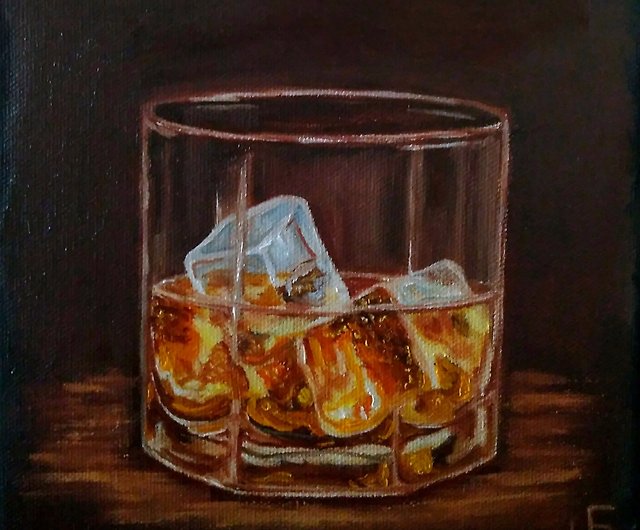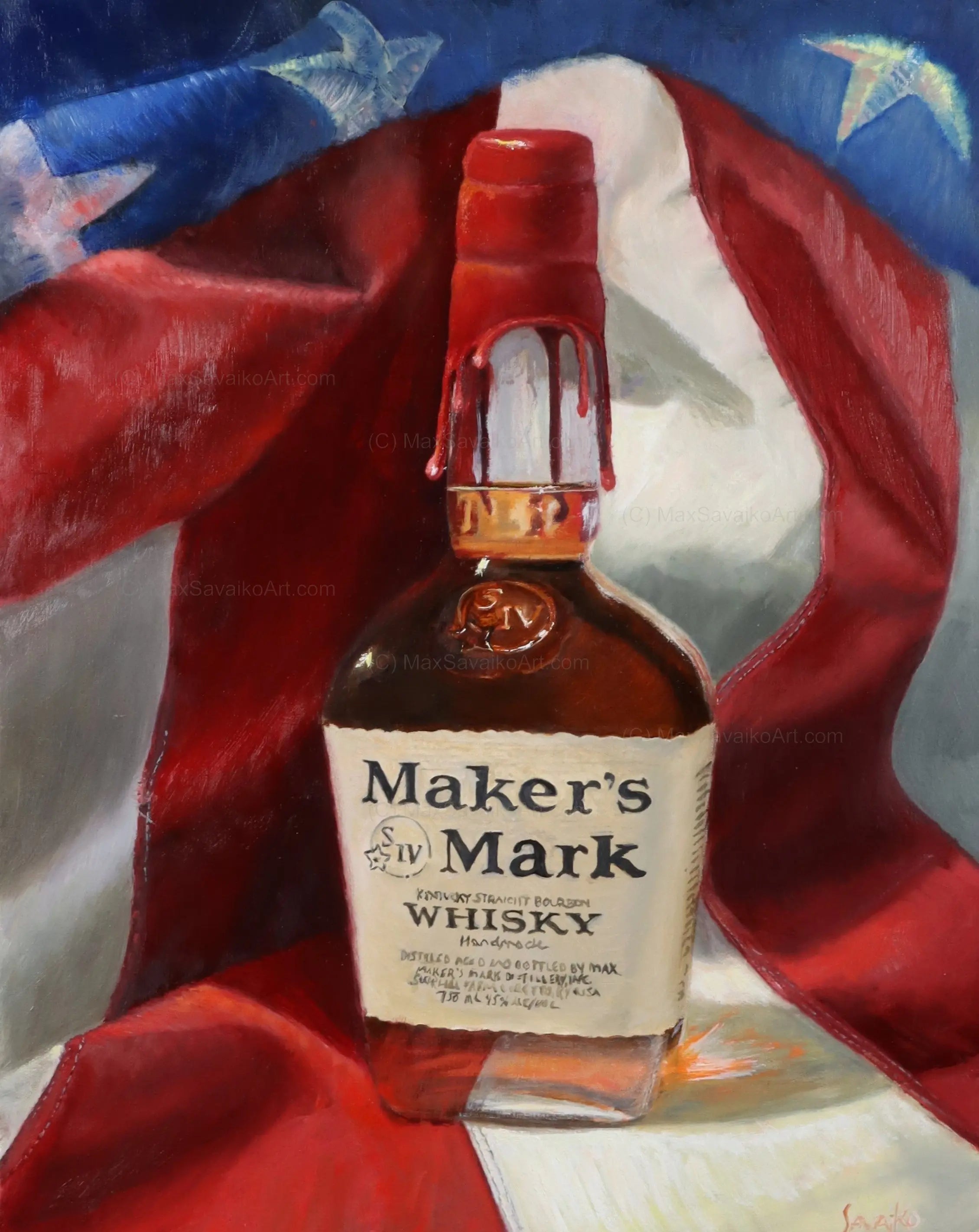Whiskey Art: Capturing the Essence of Distillation in Every Brushstroke
Whiskey Art: Capturing the Essence of Distillation in Every Brushstroke
Blog Article
The Importance of Whiskey Art in Celebrating Heritage and Workmanship in the Beverage Sector
The complex relationship in between whiskey art and the event of heritage and craftsmanship within the drink industry can not be overemphasized. Through thoughtfully designed bottles and tags, whiskey brand names encapsulate their historical origins and the artisanal skills that specify their production techniques.
The Historic Roots of Whiskey
At the heart of whiskey's appeal exists a rich tapestry of historical origins that trace back to ancient human beings. The origins of scotch can be linked to the purification practices of the Sumerians and Babylonians around 2000 BCE, where early kinds of fermented grain drinks began to emerge. It was in the Middle Ages that the art of distillation progressed significantly, particularly in Ireland and Scotland, leading to the creation of whiskey as we understand it today.
The term "scotch" itself stems from the Gaelic word "uisce beatha," implying "water of life." This expression emphasizes the social significance of whiskey in Celtic societies, where it was typically related to routines, parties, and communal bonding. By the 15th century, distillation became a recognized craft within monastic neighborhoods, leading the way for the establishment of lawful distilleries.
As trade paths broadened, bourbon's appeal grew, transcending regional boundaries and capturing the interest of connoisseurs worldwide. Whiskey Art. This historical journey reflects not only the workmanship behind bourbon manufacturing yet additionally its important duty in social and social contexts, marking it as a considerable beverage throughout history
Artistic Expression in Branding
Bourbon branding stands as an engaging crossway of creativity and commerce, where visual identification plays a crucial duty fit consumer understanding. The looks of scotch labels, product packaging, and advertising and marketing products show not only the brand name's story but also its core worths and heritage. With artistic expression, distilleries share a story that resonates with customers, stimulating emotions and triggering links.
Making use of color, typography, and images in branding serves to separate products in a saturated market. As an example, conventional concepts may stimulate a sense of credibility and workmanship, while contemporary layouts can represent innovation and forward-thinking. This strategic creative instructions enhances brand acknowledgment and loyalty, enabling customers to forge a personal connection with the bourbon they choose.
Additionally, imaginative expression in branding frequently acts as a party of regional heritage. Distilleries often integrate neighborhood symbols or historical recommendations right into their layouts, creating a local color that welcomes customers to take part in a wider cultural experience. Eventually, the virtuosity behind bourbon branding not only enhances visual charm however likewise improves the total story of the brand name, fostering a deeper gratitude for the craftsmanship and heritage embedded in each bottle.
Workmanship in Container Layout
The virtuosity evident in whiskey branding extends beyond visual identity to encompass the craftsmanship involved in bottle layout. Each container functions as a vessel not simply for the spirit within, yet additionally for the tale it informs regarding its origin, high quality, and tradition. The layout procedure requires precise interest to detail, as elements such as product, closure, and form add site link significantly to the overall assumption of the scotch.
Workmanship in container design entails selecting top notch glass that can boost the scotch's shade and clearness, while also offering a responsive experience for the customer. The silhouette of the bottle have to be both practical and aesthetically enticing, usually showing the heritage of the brand. Lots of distilleries choose for one-of-a-kind forms or embossed logo designs that evoke a feeling of authenticity and background.
Furthermore, the tag style and typography play an essential duty in interacting the brand name's narrative. Realism Art. A well-crafted bottle not just mesmerizes the customer's eye but additionally reinforces the brand name's commitment to high quality and practice. This way, the workmanship of bottle layout becomes a crucial aspect of the scotch experience, combining creativity with an extensive respect for heritage
Cultural Value of Scotch Art
Commemorating tradition and craftsmanship, the social significance of scotch art transcends mere aesthetics, intertwining with the historical and social narratives of the areas where it originates. Each bottle offers as a canvas, showing the distinct stories, mythology, and practices that have shaped regional whiskey-making techniques. The intricate styles commonly mirror the heritage of the distillers, incorporating symbols and themes that reverberate with the society and worths of their areas.

In enhancement, whiskey art plays a crucial duty in public events and celebrations, working as a concrete link in between individuals and their shared experiences. By appreciating the artistry in scotch product packaging, customers grow a deeper understanding and regard for the craft, eventually improving their pleasure of the beverage itself.
Modern Trends in Whiskey Discussion
In the last few years, the presentation of scotch has actually evolved to reflect contemporary preferences and fads while still recognizing conventional craftsmanship - Realism Art. Distilleries are increasingly concentrating on aesthetic aspects that improve the total alcohol consumption experience, linking the gap between heritage and modernity
Innovative bottle styles have emerged, usually including sustainable materials and artistic labels that tell compelling stories. Numerous brands now work together with regional artists, infusing their products with distinct visual expressions that resonate with consumers. Additionally, limited-edition releases are often packaged in collectible containers, adding worth and allure for aficionados.

Verdict
In verdict, bourbon art offers as a crucial channel for revealing the heritage and craftsmanship inherent in the drink sector. With elaborate branding, innovative container styles, and culturally significant artistic components, scotch brands effectively recognize their customs and link with consumers.


Craftsmanship in container style entails choosing premium glass that can improve the whiskey's color and clearness, while additionally providing a tactile experience for the customer. In this means, the workmanship of container design ends up being an essential facet of the bourbon experience, merging virtuosity with an extensive respect for heritage.
In verdict, whiskey art offers as an important conduit for revealing the heritage and craftsmanship integral in the beverage sector.
Report this page